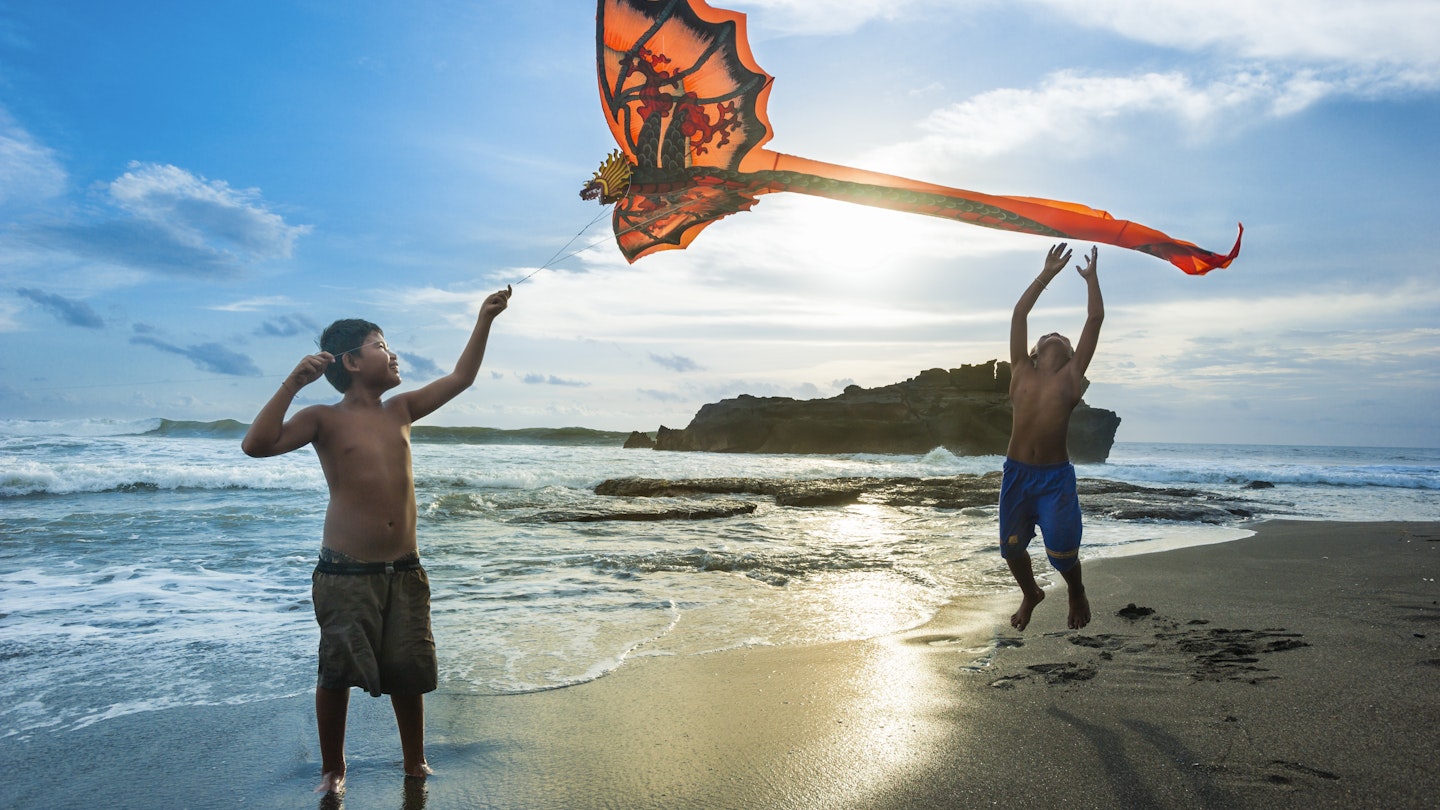When Is the Best Time to Visit Indonesia?
In the past, Indonesia had two straightforward seasons: wet and dry. However, climate change, combined with El Niño and La Niña, has led to unpredictable weather patterns.
Today, determining the best time to experience delightful weather can be challenging. Nevertheless, there’s really no bad time to explore Indonesia.
Travelers often seek the ideal season for surfing, volcano climbing, or interacting with orangutans and whale sharks. For others, it may revolve around beach parties, colorful festivals, or avoiding large crowds. With countless factors to consider, rest assured that there’s plenty of information available. Here’s a comprehensive guide to the best times to visit Indonesia, whether you’re interested in surf or sand, jungles, or fantastic festivals.
High Season (July–August, Christmas & New Year’s Eve): Ideal for Great Weather and Beach Parties
The peak tourist season in Indonesia occurs during the peak of summer, notably in July and August. This coincides perfectly with sunny weather, attracting a wave of tourists from Europe and Australia. If crowds don’t deter you, this is one of the most vibrant times to visit.
Bali and Lombok energize with bustling beaches and lively bars. This period is particularly favorable for trekking, surfing, and diving, except in West Papua and Maluku, where heavy rains occur. However, the buzz comes at a price—crowded attractions, packed surf breaks, and higher accommodation rates. To secure reasonable rates, planning ahead is essential, particularly for the Christmas holidays when both prices and tourism surge, though humidity and rain levels increase.
Shoulder Season (March–June & September–November): Best for Natural Encounters
The shoulder season offers an appealing mix of excellent weather, fewer tourists, and lower prices. Although occasional rain may occur, primarily in March and November, you’re likely to encounter plenty of sunshine.
During this period, you can witness phenomenal waves, spot orangutans in the lush jungles of Sumatra and Kalimantan, and seek out famous marine species like whale sharks and mola mola, which are prevalent from June to September. It is also ideal for hiking Indonesia’s majestic volcanoes, as trail conditions are manageable without overwhelming crowds.
However, keep in mind that occasional smoke haze from agricultural practices can affect air quality during this time, particularly from September to November, which may concern those with respiratory issues.
Low Season (January–February): Best for Bargain Prices
The wet season tends to deter many tourists, but don’t overlook its benefits. Indonesia experiences humidity during this time, leading to possible frizzy hair, but prolonged downpours are atypical. Instead, short bursts of rain occur, giving way to clear skies.
With tourist numbers significantly decreased, this off-peak time fosters a tranquil atmosphere and potential discounts. It allows for a deeper immersion into local cultures and temple visits in Java and Bali without overwhelming crowds. However, if your plans involve hiking, volcanic trails are typically closed during this period, and wildlife spotting can be more challenging due to the wet conditions.
If you’re aiming to avoid heavy rains, consider visiting West Papua or Maluku, which experience their dry season during these months. These regions offer exceptional opportunities for remote hiking and clear diving experiences in breathtaking coral reefs.
Focusing on Bali: When Is the Best Time to Visit?
Bali is often synonymous with tourism in Indonesia, and there are ideal times to explore this renowned island paradise. The months before and after the peak season, specifically from May to June and throughout September, provide optimal conditions. Not only will you experience sublime beach weather and legendary waves, but you’ll also enjoy hiking expeditions to stunning waterfalls, yoga retreats, and rich Hindu cultural experiences—all free from overwhelming crowds. Additionally, this timeframe allows more flexibility and cost savings compared to peak season pricing.
Does Rainy Season Ruin Vacations?
If you’re looking for a laid-back holiday and affordable prices, visiting Indonesia during the rainy season is a viable option. Expect occasional downpours from December to February, which may be intense, but don’t let that dissuade you. Rain often occurs in the afternoon, allowing plenty of time to return to the poolside with a refreshing cocktail afterward. However, if activities like trekking, diving, or wildlife encounters are a priority, planning your travels during the drier months from April to October is advisable.
This article was first published on April 21, 2021, and updated on November 28, 2023.





